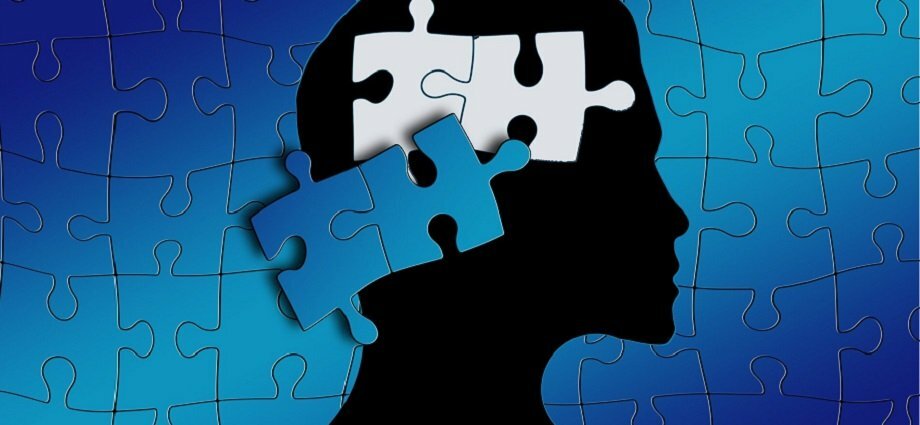It is a learning disability that affects a person’s ability to process written language, and can manifest in a variety of ways. Some common symptoms of dyslexia include difficulty with reading, spelling, and writing, as well as problems with phonemic awareness and phonological processing. People with it may also struggle with organization, time management, and other executive function skills. It is important to note that it can affect individuals differently, and the ways in which it manifests can vary greatly from person to person.
There is no specific appearance that words have for a person with dyslexia. It is a learning disorder that affects a person’s ability to process written language. People with dyslexia may have difficulty reading and spelling, and they may also have trouble with phonemic awareness, which is the ability to hear and manipulate the individual sounds in words. This can make it difficult for them to read and write, but it does not affect the appearance of the words themselves.
Causes of Dyslexia
It is a neurological disorder that impacts how the brain comprehends written and spoken language, causing difficulty with reading and spelling. This condition is unrelated to a person’s intelligence or level of motivation and is incurable. Nevertheless, individuals with dyslexia can develop effective reading and writing abilities with the aid of suitable interventions and support.
Why do Dyslexics Have Spelling Difficulties?
It is a learning disorder that affects an individual’s ability to read, write, and spell words. A neurological condition typically affects the way the brain processes language, causing it. It can make it difficult for individuals to break down words into their individual sounds and associate those sounds with the corresponding letters and letter combinations, which can make spelling difficult for them. Some people with dyslexia may also have difficulty with phonemic awareness, which is the ability to hear and manipulate the individual sounds in words. This can make it difficult for them to identify the correct spelling of words.
It is a learning disorder that affects a person’s ability to read and spell. Differences in the way that the brain processes language are thought to cause it, rather than a lack of intelligence or effort. For people with dyslexia, the brain has difficulty organizing and interpreting the sounds and symbols of language, which can make it hard to read and spell words accurately. Some common symptoms of dyslexia include difficulty with phonemic awareness, difficulty with decoding words, and difficulty with spelling. There is no cure for dyslexia, but with the right support and accommodations, people with dyslexia can learn to read and spell effectively.
Characteristics of Dyslexia
People with it often have difficulty with phonological awareness, which is the ability to recognize and manipulate the sounds of spoken language. They may also have trouble with visual processing and may struggle to interpret words and sentences on a page. Other common characteristics of this include difficulty with spelling, poor reading comprehension, and poor handwriting. Individuals with dyslexia may also have difficulty with organization and time management. It is important to note that dyslexia is not a reflection of a person’s intelligence or motivation, and that with appropriate support and accommodations, individuals with dyslexia.
Different Types of Dyslexia
Characterized by difficulty with phonological awareness, phonemic decoding, and word recognition, it is a specific learning disorder that impacts the ability to read, write, and spell. There are several different types of dyslexia, including:
- Phonological Dyslexia: Difficulty with phonological awareness, or the ability to manipulate sounds in words, characterizes this type of dyslexia.
- Surface Dyslexia: It is characterized by difficulty with word recognition, or the ability to recognize words by sight.
- Rapid Automatized Naming (RAN) Dyslexia: Difficulty with rapid automatized naming, or the ability to quickly name objects, colors, letters, or numbers, characterizes this type of dyslexia.
- Mixed Dyslexia: It is characterized by a combination of symptoms from different types of dyslexia.
It’s important to note that it is a spectrum disorder, which means that it can affect individuals in different ways and to varying degrees. Some people with dyslexia may have mild symptoms, while others may have more severe symptoms.

